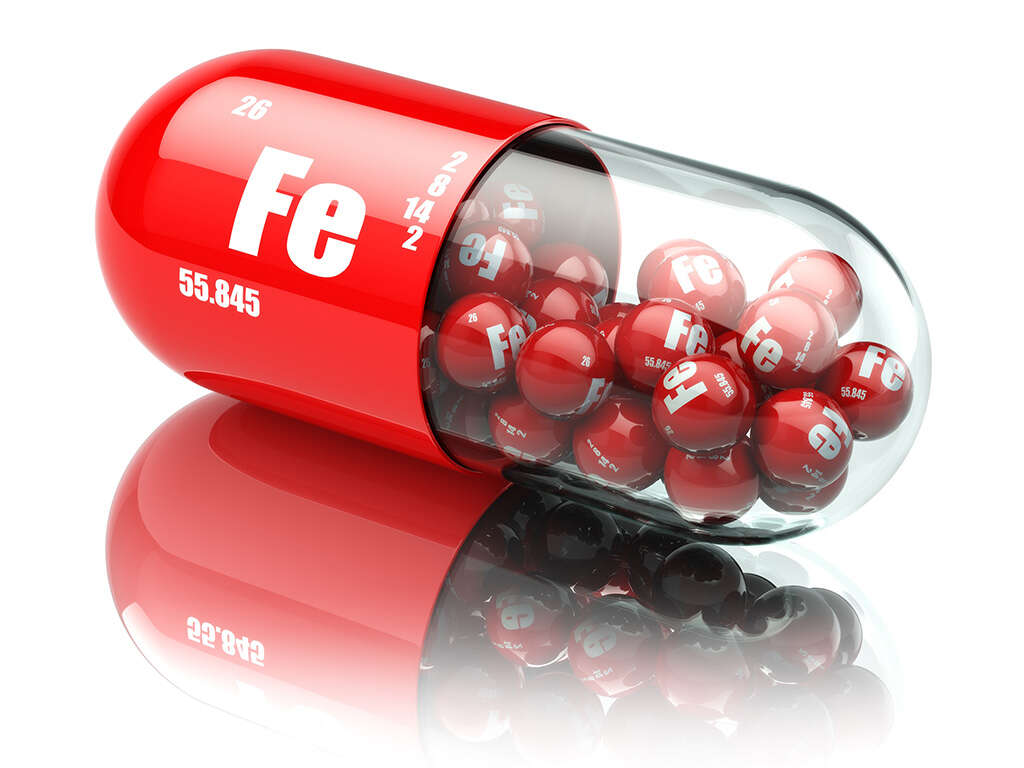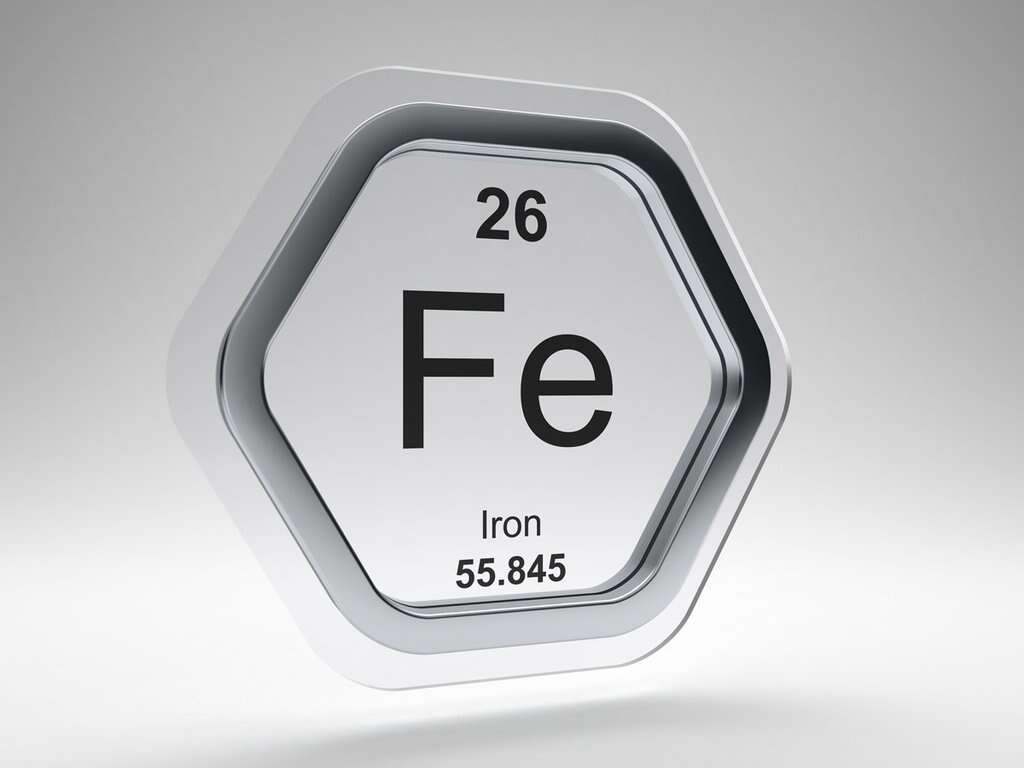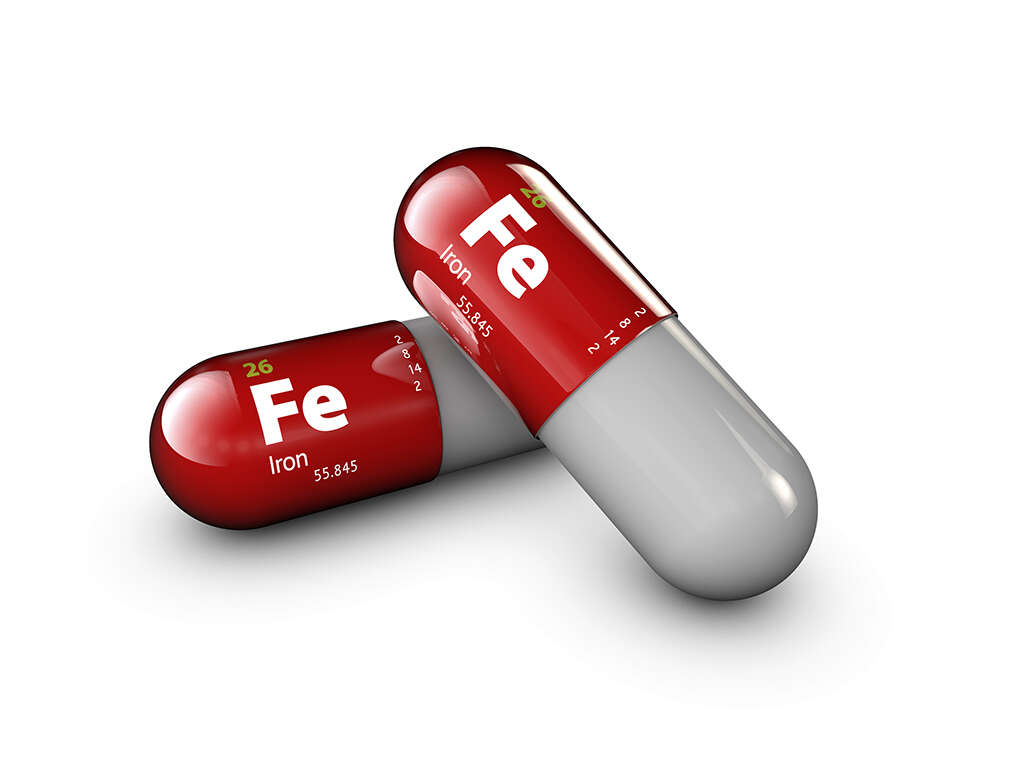What Is Hemochromatosis?
Iron is a very important substance for us because without it we would not be able to make hemoglobin. Hemoglobin is a substance that enables oxygen molecules to bind to our red blood cells, and this means the oxygen can be transported to wherever it is needed in our body.
This makes it important that we eat foods that have iron in them, and the good news is that these foods are plentiful for most of us. However, as important as iron is for us, it is not a good thing for us to have too much iron in our body. There are different potential reasons for this, one of which is hemochromatosis.

1. Hemochromatosis
Hemochromatosis, also often known as hereditary hemochromatosis, is a condition that causes the body to absorb too much iron. It is a hereditary condition and it can be dangerous, but most people will not develop any serious problems. When symptoms do appear they will typically occur when the patient is in their middle ages.
The condition causes excess iron to be stored in the heart, liver, and pancreas. This does have the potential to cause problems but this is not usually the case. Treatment is available that help to remove excess iron from the blood, thus helping to prevent it from accumulating ion the patient’s organs.

2. Juvenile hemochromatosis
While hemochromatosis tends to be thought of as hereditary hemochromatosis, it is not the only type. There are at least 3 other varieties of the condition, including juvenile hemochromatosis. This is basically the same thing as hereditary hemochromatosis, except iron begins accumulating in the body at a younger age.
Another variety of the condition is secondary hemochromatosis. This condition is not inherited, but instead means the patient has too much iron because of another medical condition. There is also neonatal hemochromatosis, which is thought to be a type of autoimmune disease. This condition causes iron to accumulate in the liver of an unborn fetus.

3. Causes
In cases of hereditary hemochromatosis, which is the most common by far, the condition is caused by a genetic defect that is inherited from the patient’s parents. The gene responsible is usually the HFE gene, which has two common mutations. These mutations are C282Y, and H63D.
Patients who inherit only one mutated gene from their parents are unlikely to have hemochromatosis themselves.
However, the patient will carry the mutant gene and can pass it onto their children. The patient is more likely to have symptoms of hemochromatosis if they inherit two mutant genes. Even with two mutant genes, however, many patients will not show symptoms.

4. Hepcidin
The symptoms of hemochromatosis are largely down to a compound known as hepcidin. This compound helps to control how much of the iron in our food we absorb. Hemochromatosis causes this compound to be affected, and this causes the patient’s body to absorb more iron than it usually would.
This excess iron is then stored in the liver, as well in some other major organs. As the iron accumulates, it can cause damage to the patient’s organs, resulting in some potentially dangerous medical conditions. Thankfully, however, it is uncommon for the iron to accumulate to the point where to can do harm.

5. Symptoms
Most patients with hemochromatosis are born with the condition. However, the patient will often not experience any symptoms of the condition until they are older. Men will tend not to experience the symptoms until they are in the 40s at least. Symptoms tend not to show in women until they are in their 60s.
The symptoms don’t appear until later in life because it takes time for the iron to accumulate. Women tend to lose iron when they menstruate, which is why they tend not to show symptoms until even later. The symptoms will be mild to begin with and can gradually worsen.

6. Liver failure
Hemochromatosis will usually cause pain. This will mean pain in the abdomen area, as well as pain in the joints. The condition is also likely to cause the patient to feel weak and fatigued. Their libido can also be reduced, while the condition can also cause men to suffer from impotence.
Patients with hemochromatosis will also sometimes develop diabetes. They can also develop a foggy memory, and their skin can take on a gray or bronze color. The condition can also go on to cause liver failure, while it can also sometimes cause heart failure. Treatment for the condition can help to prevent serious from symptoms occurring.

7. Complications
As mentioned, hemochromatosis can go on to cause problems with the patient’s heart. This, in turn, can mean that the heart is no longer able to pump blood around the heart as well as usual. The patient may also develop arrhythmia which is an irregular heart beat.
Problems with the liver can lead to jaundice, and the toxicity of the patient’s blood can increase as the liver becomes less effective at its role. Cirrhosis can occur, which is permanent scarring of the liver, thus affecting its functioning further. Hemochromatosis can also affect the functioning of the pancreas, and this can lead to diabetes which itself can cause further complications.

8. Who’s At Risk
There is an increased chance of somebody having hemochromatosis if there is a history of the disease in the family. The risk is even higher if two parents have the mutated gene. Ethnicity is another contributing factor, and northern Europeans in particular are at a higher risk of developing the condition.
Sex is also a factor in who is more likely to have the disease. Because women menstruate, which causes them to lose iron in their blood, they are less likely to show symptoms. When women do show symptom it is likely to be later than men. Women become more prone to the symptoms after the menopause which means they stop menstruating.

9. Diagnosis
The symptoms of hemochromatosis are similar to the symptoms of many other medical conditions, and this makes it harder even for experts to diagnose. However, various tests can be performed that will help doctors to come to a diagnosis.
Tests for hemochromatosis will typically include blood tests and these will help look for levels of iron in the blood, and in the liver. An MRI may also be performed to help look for signs of excess iron in the liver, and tests may be performed to see how well the liver is performing. A biopsy of the liver may also be performed, and genetic testing can also help to confirm the diagnosis.

10. Treatment
There is no cure for hemochromatosis, and any damage caused cannot be reversed. It can be treated, however. Treatment for the condition involves helping to remove excess iron from the body, and this is achieved by removing some of the patient’s blood. Any excess iron will then be needed to help make more hemogolobin, and this will help to restore the patient’s iron levels to how they should be.
This procedure is not suitable for some people, but an alternative method is available. This is a type of medication that can be injected or taken orally. The medication contains a substance that causes excess iron to bind to it, and this can then be passed harmlessly out of the body.










